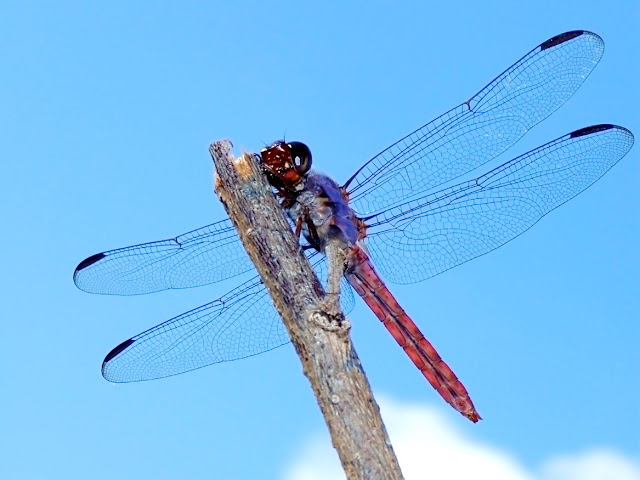Warning: Youngia japonica is an extremely pernicious non-native weed. It is included here only as an aid to identification and not to promote its cultivation in any way whatsoever.
Youngia is an Asian genus of about 30 species of annuals and biennials (or rarely perennials) in the daisy family. One species, Youngia japonica, is now a pantropical weed established throughout the warmer parts of Africa, Europe, Asia, Australia, Pacific Islands, and North and South America (Spurr 2006). Youngia japonica has been reported in the United States from every Gulf state as well as Arkansas, the District of Columbia, Hawaii, Kentucky, Maryland, North Carolina, Pennsylvania, South Carolina, Tennessee, and Virginia. Its presence as far north as Pennsylvania is perhaps indicative of significant cold tolerance and it may well become a truly cosmopolitan weed.
Youngia japonica forms a basal rosette of lobed leaves somewhat reminiscent of dandelions but it differs by its branched inflorescence, which bears one or two leaves and carries several to numerous small flower heads resembling tiny dandelions. The fruit is a one-seeded cypsela crowned by a tuft of stiff hairs that aid in dispersal by the wind. It is a remarkably adaptable plant and can grow in any moist site in full shade to full sun. It is usually not found in dry areas but it will tolerate considerably dry soil if situated in a shady spot.
Youngia japonica grows especially well in the pots of ornamental potted plants, both in gardens and commercial plant nurseries, and a single plant can quickly multiply into thousands, infesting every pot throughout an entire nursery. When such potted plants are shipped elsewhere, Youngia japonica is also inadvertently spread to new locations. For example, the first time I saw this species was in a specialty nursery in Chicago, where potted plants had been shipped in from Florida. All it would take is for the nursery owners to place the pots outdoors for the summer and it is likely that yet another non-native weed would soon be established in Chicago.
Once it builds up to a large population, Youngia japonica is extremely difficult to eradicate because even depauperate plants only an inch tall can flower and set seed, and such tiny plants are easily overlooked while weeding. In addition to being a nursery and garden weed, Youngia japonica is a common and tenacious lawn weed.
References:
- Spurr, P.L. 2006. Youngia. pp. 255–256. In Flora of North America Editorial Committee (eds.) Flora of North America: Volume 19. New York and Oxford: Oxford University Press. Internet
- USDA, NRCS. 2010. Youngia japonica. The PLANTS Database. Baton Rouge: National Plant Data Center. Internet
© 2010 Rufino Osorio (exclusive of the USDA map).






